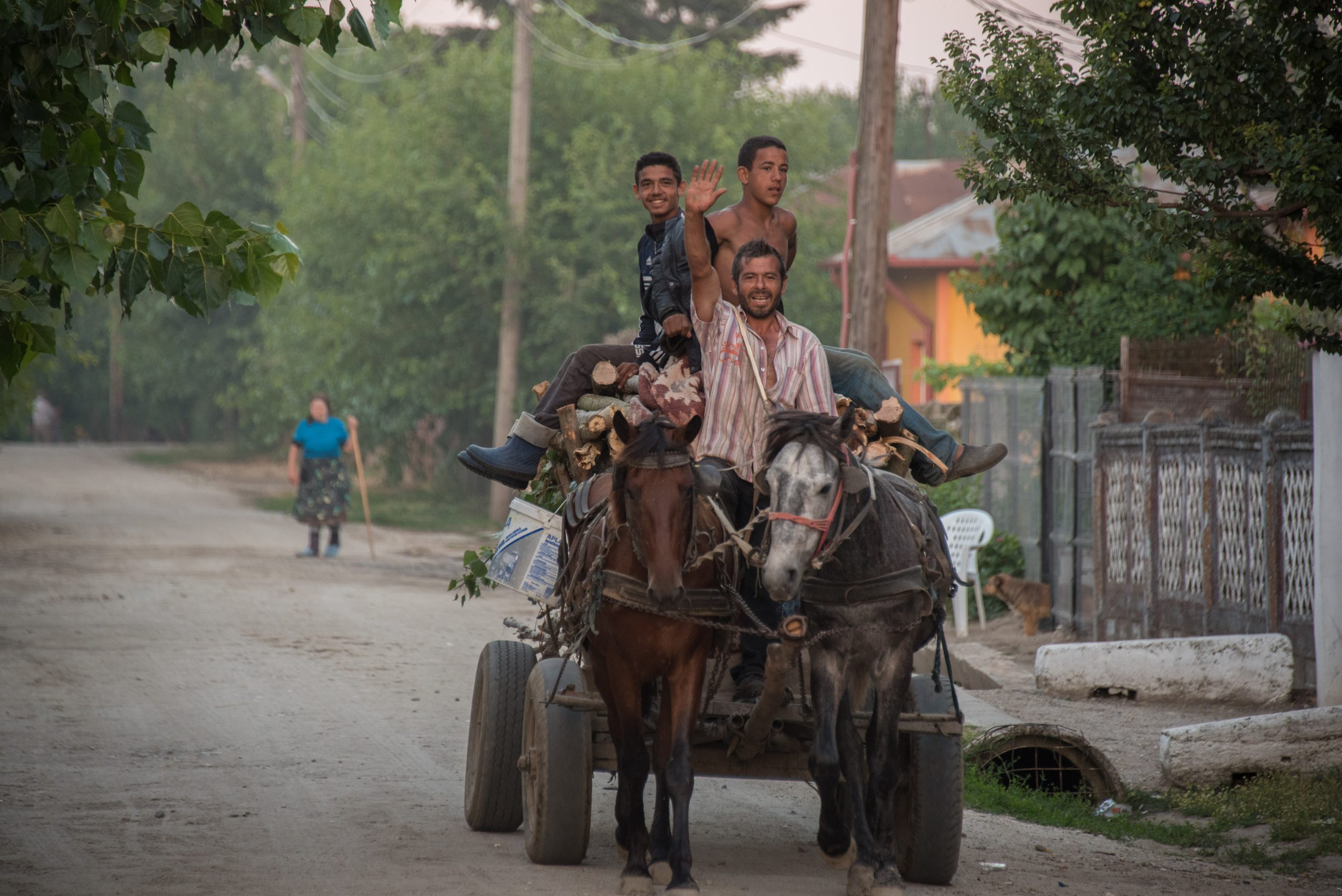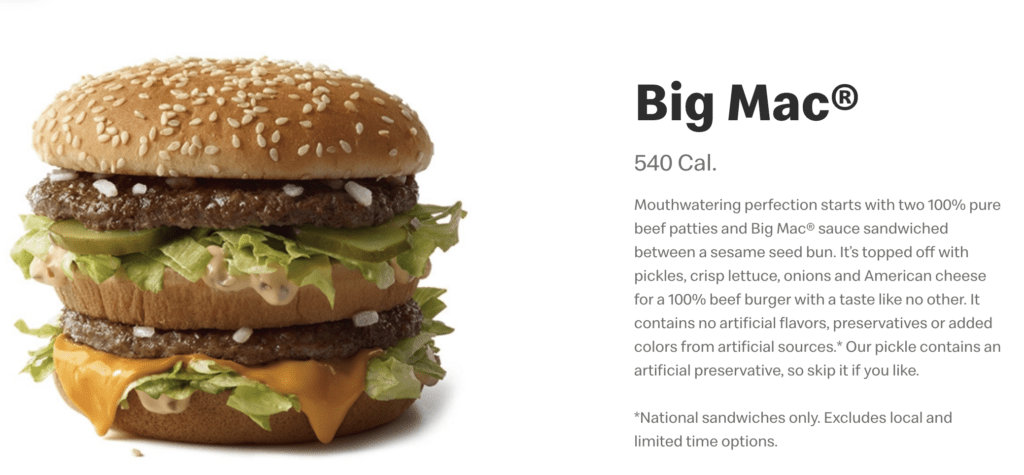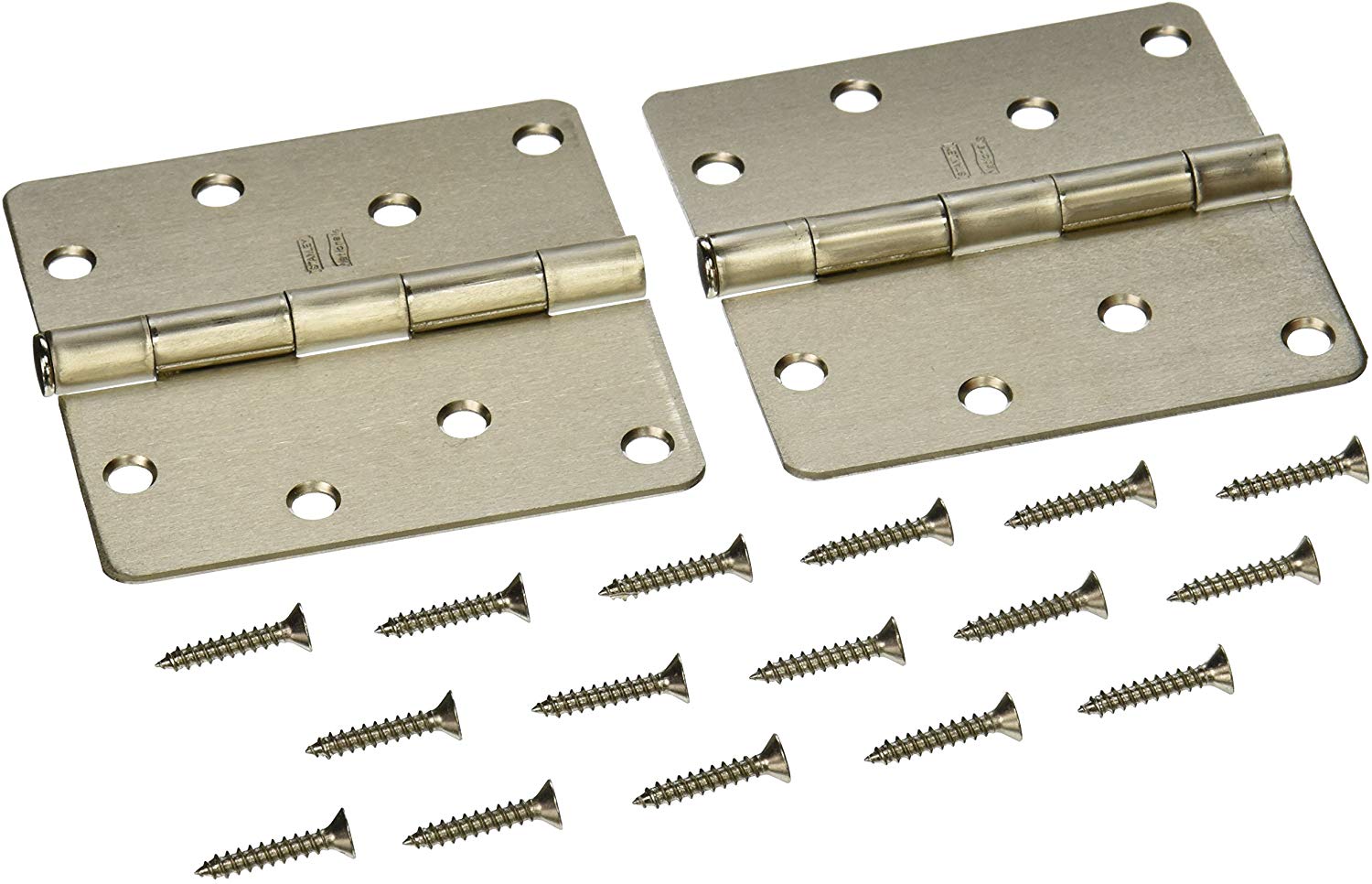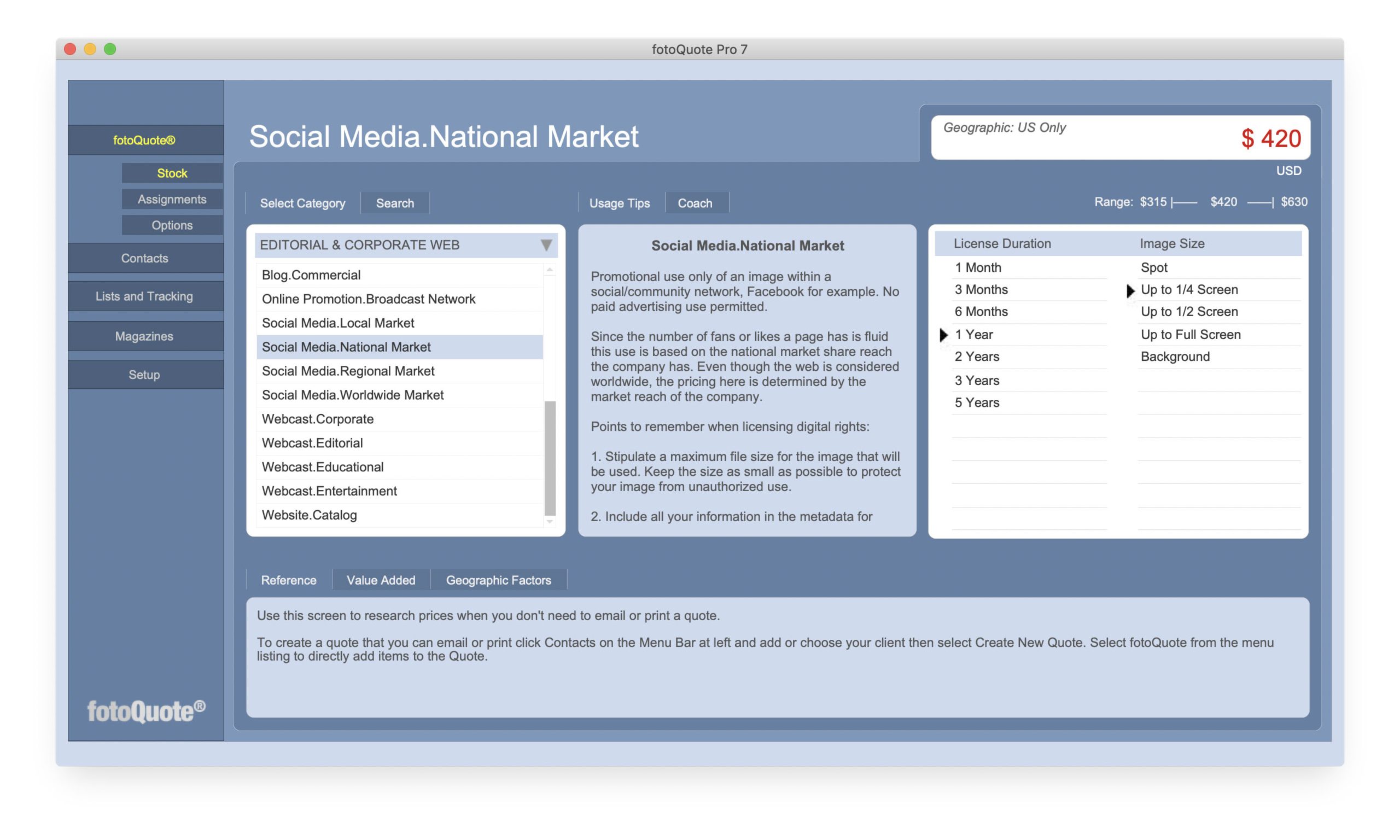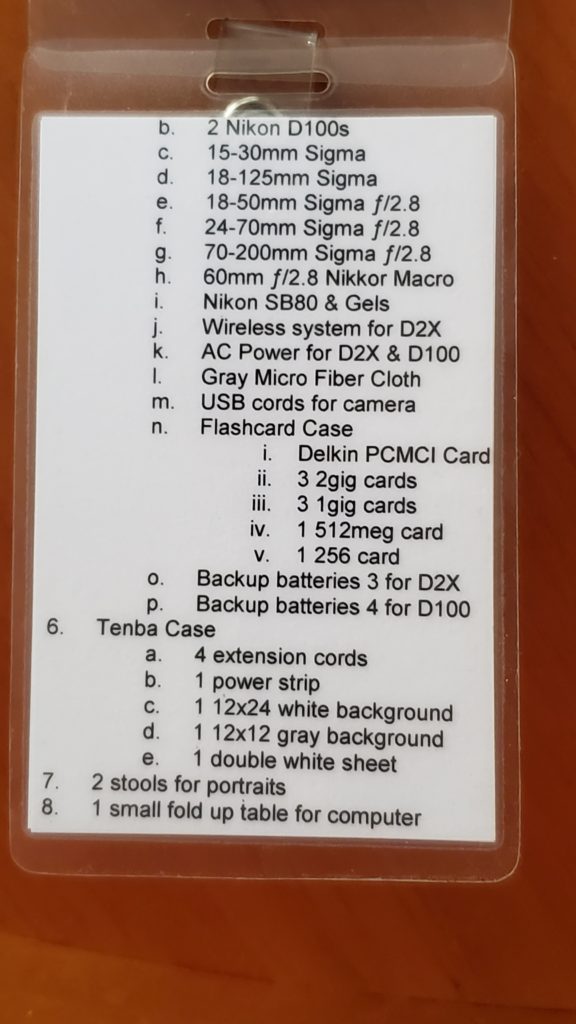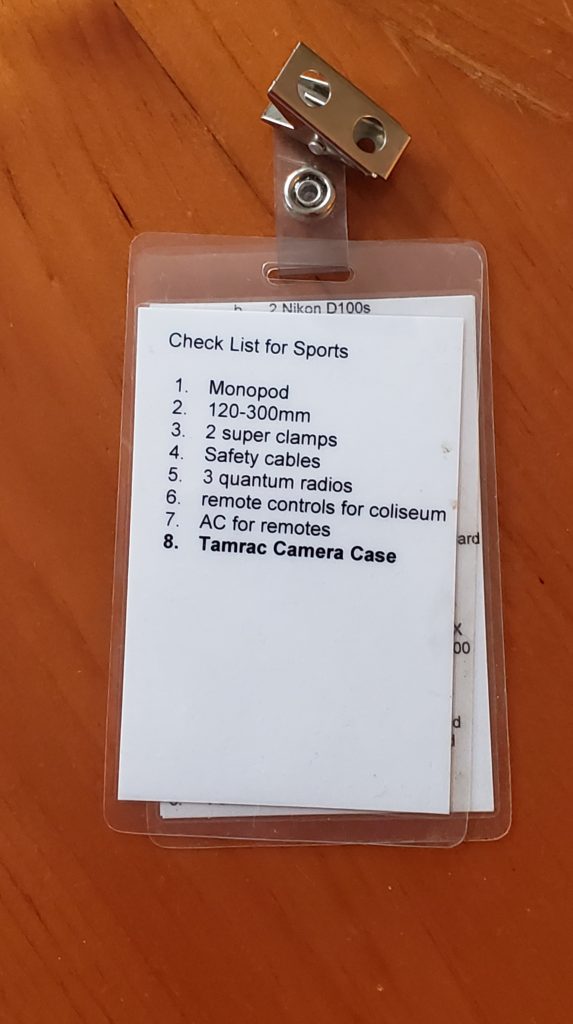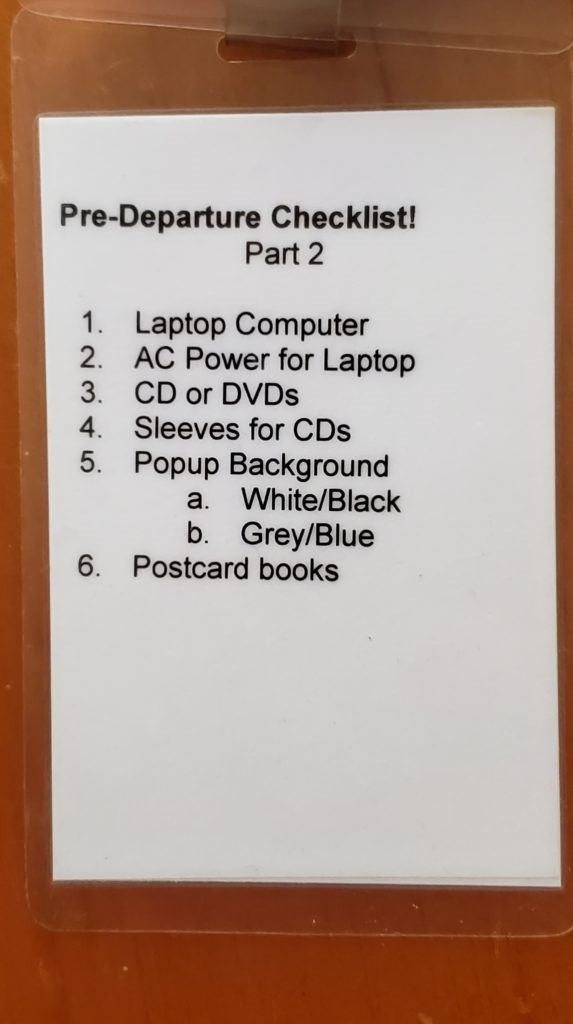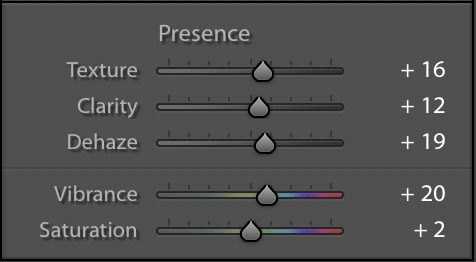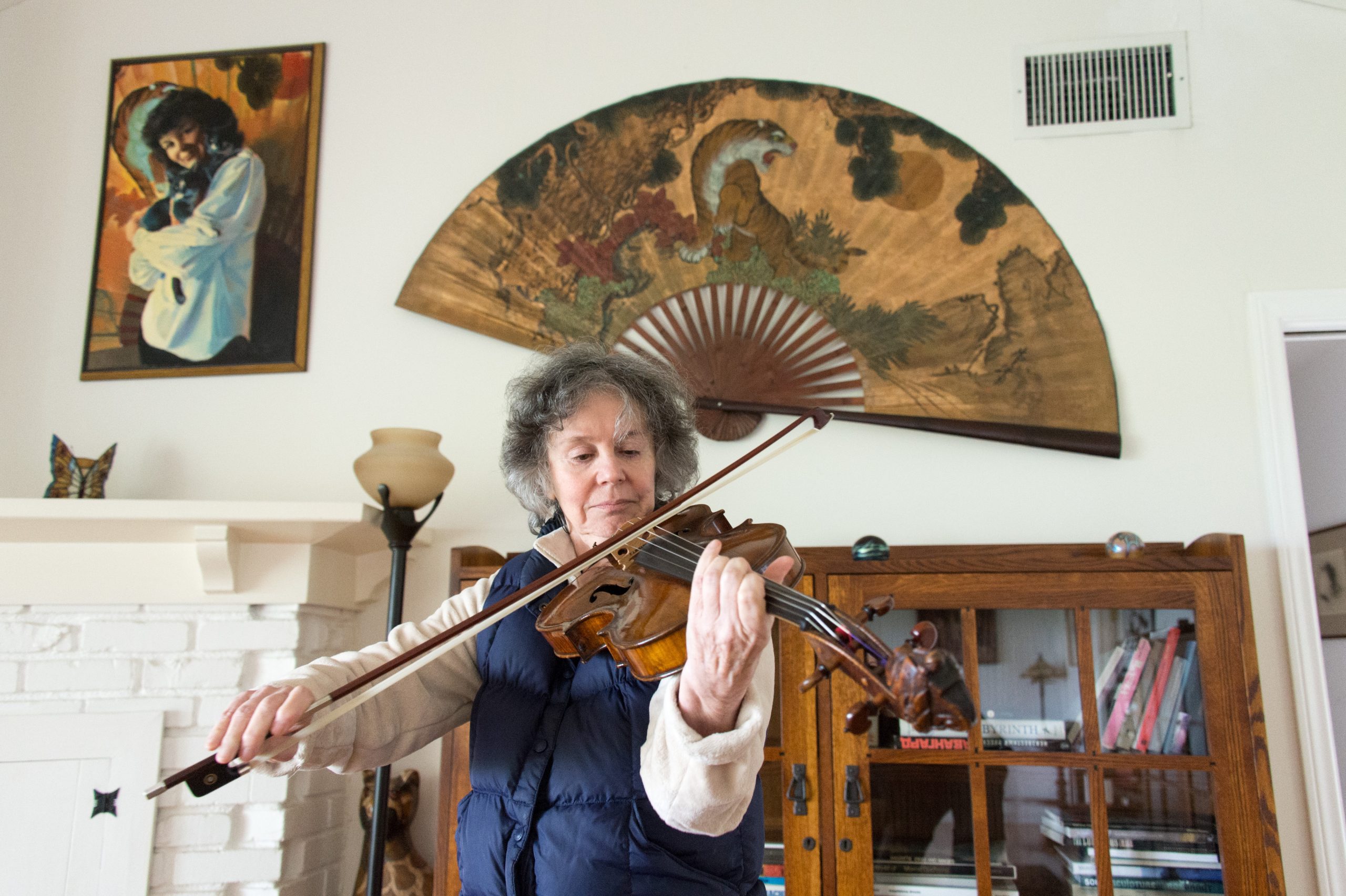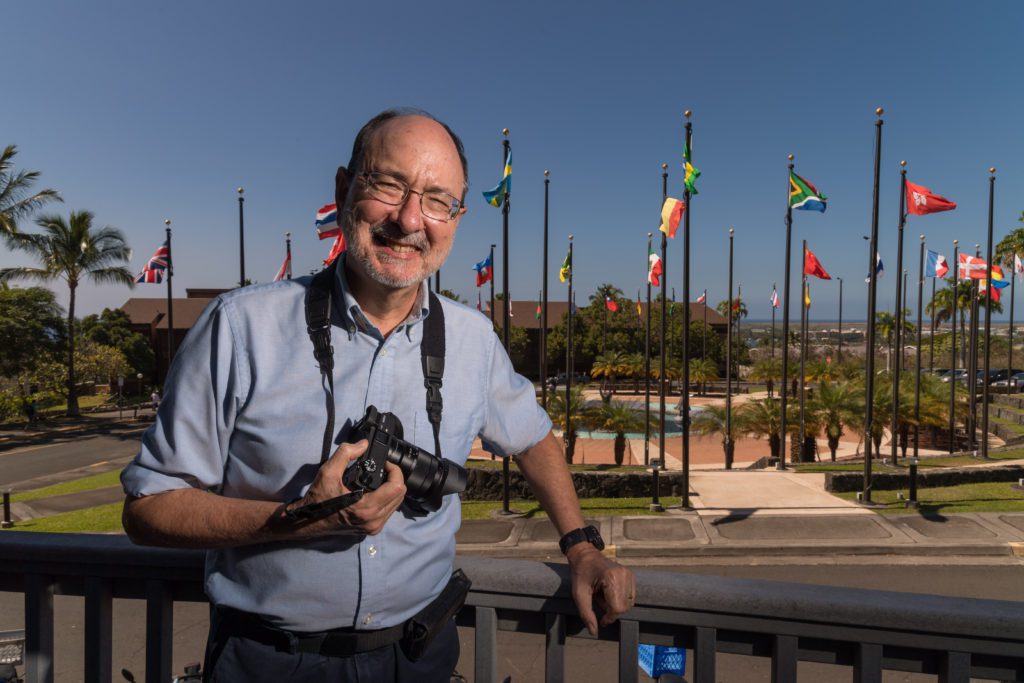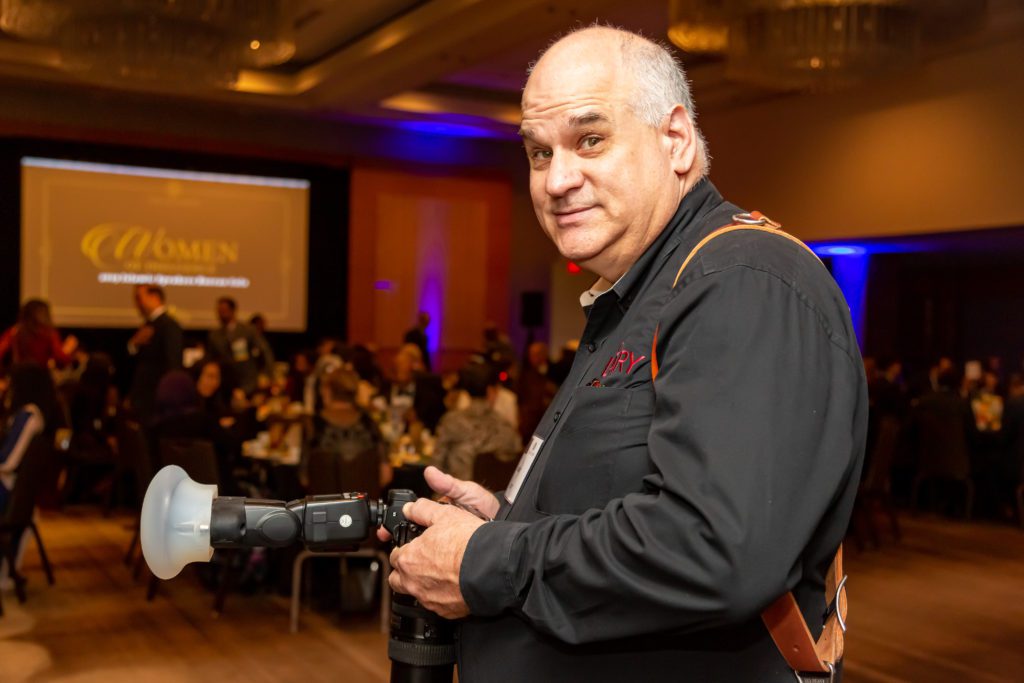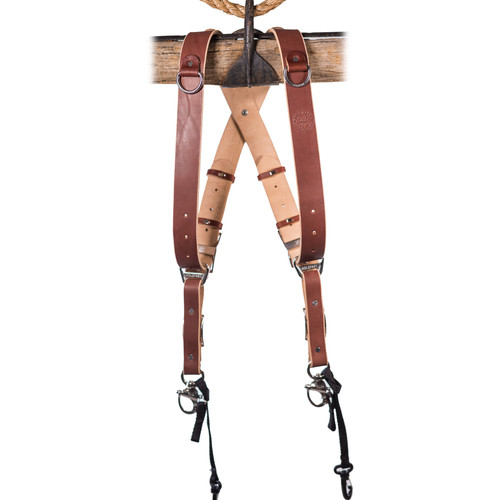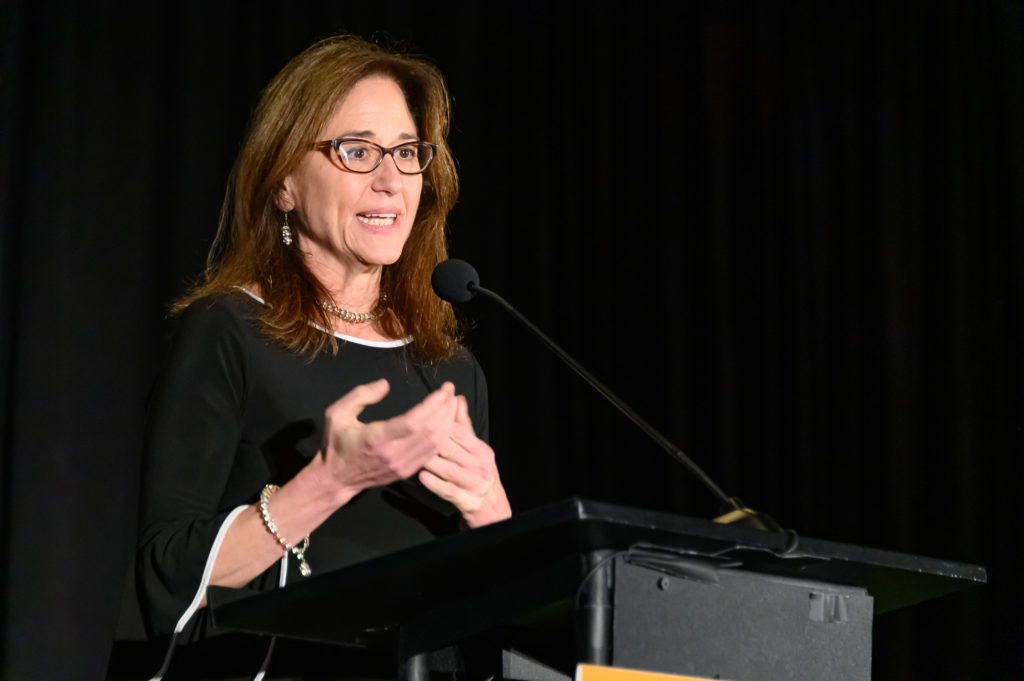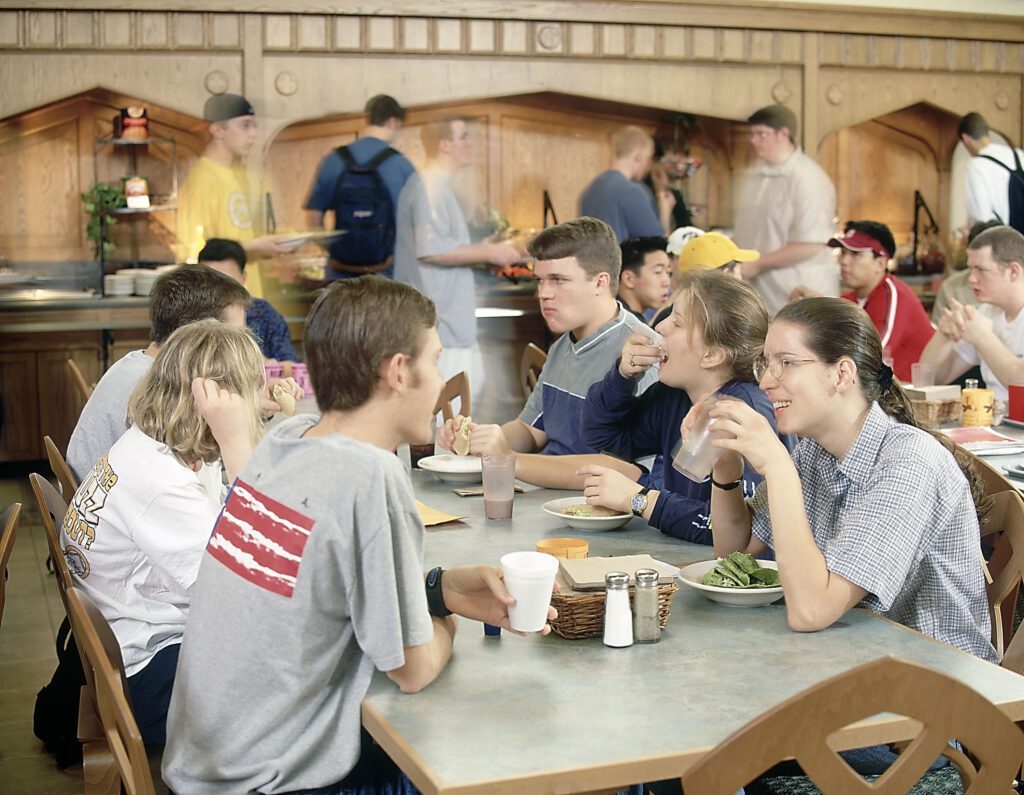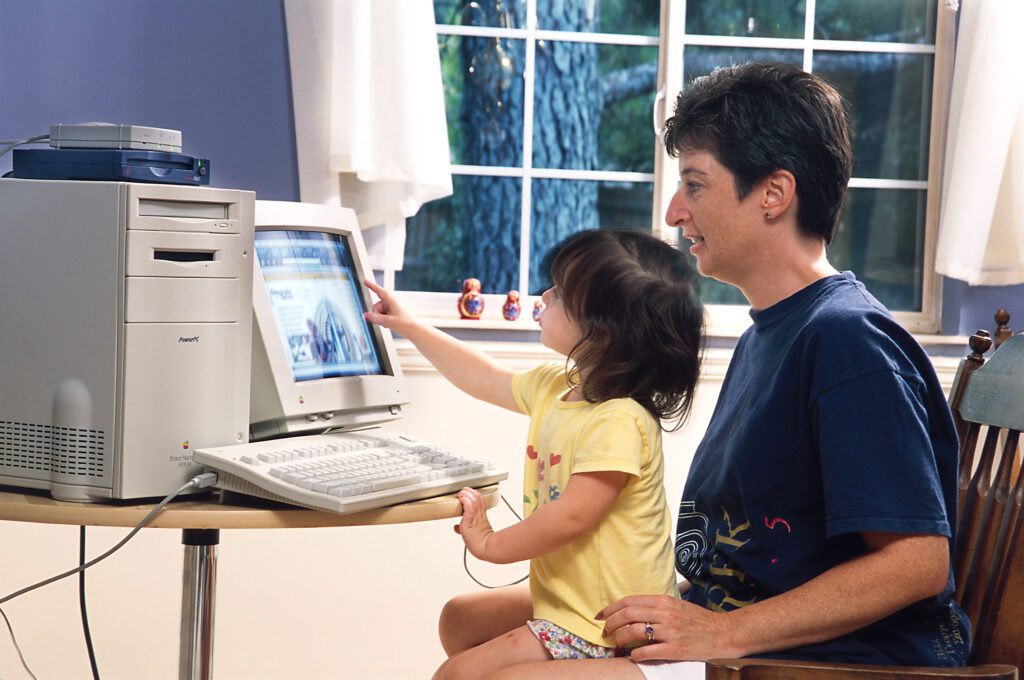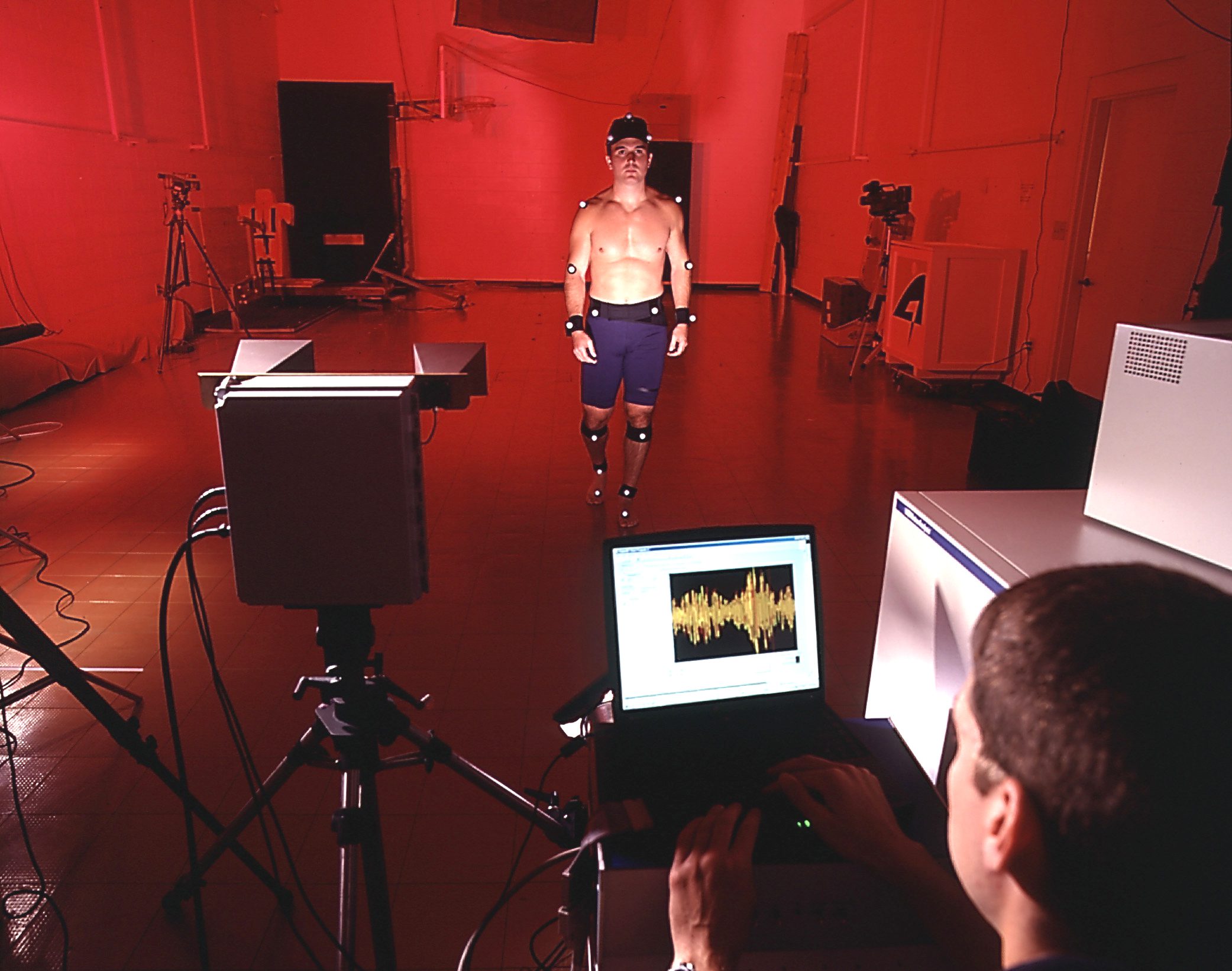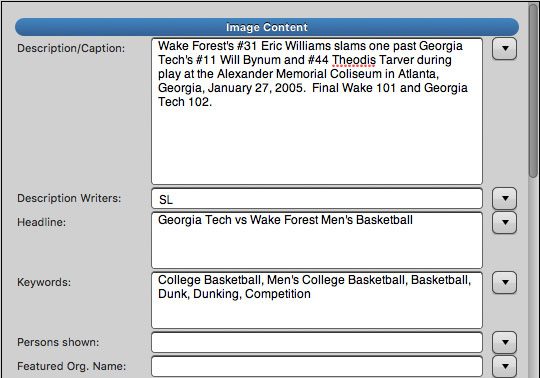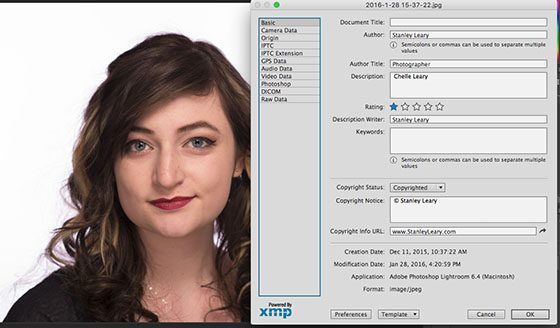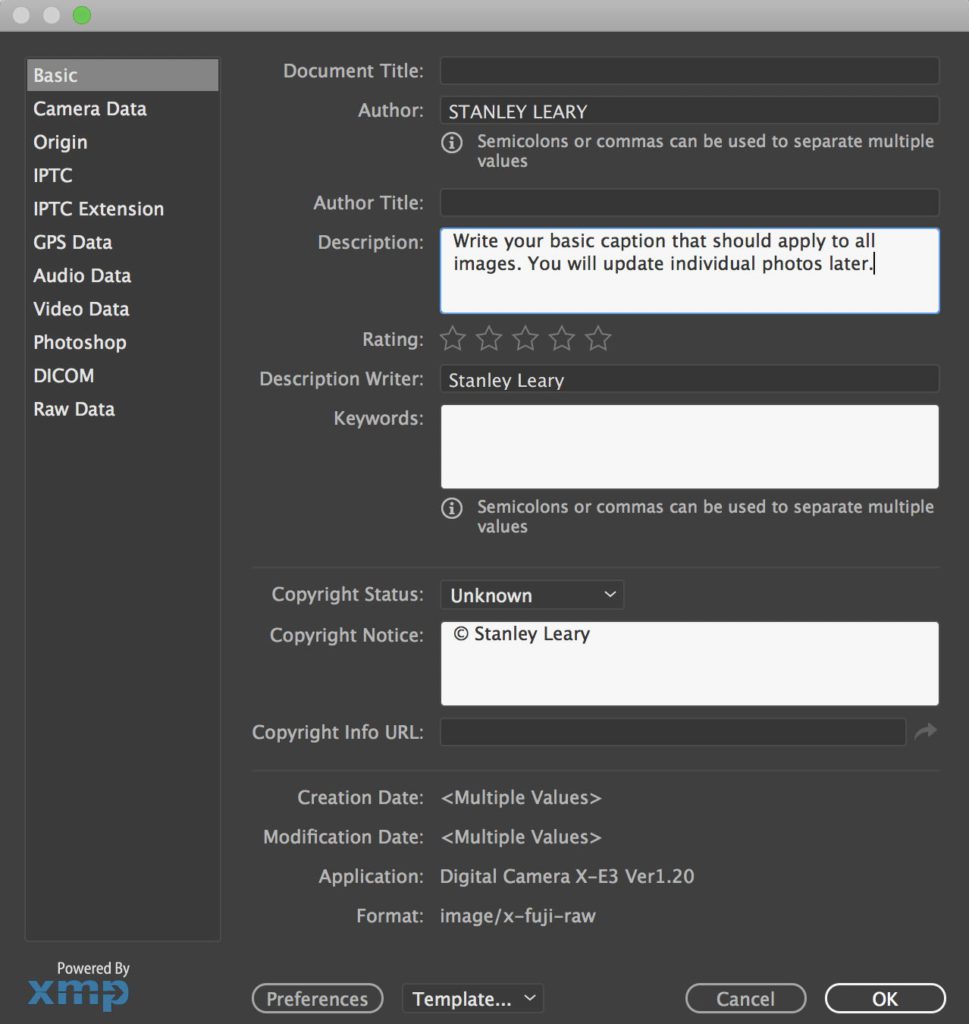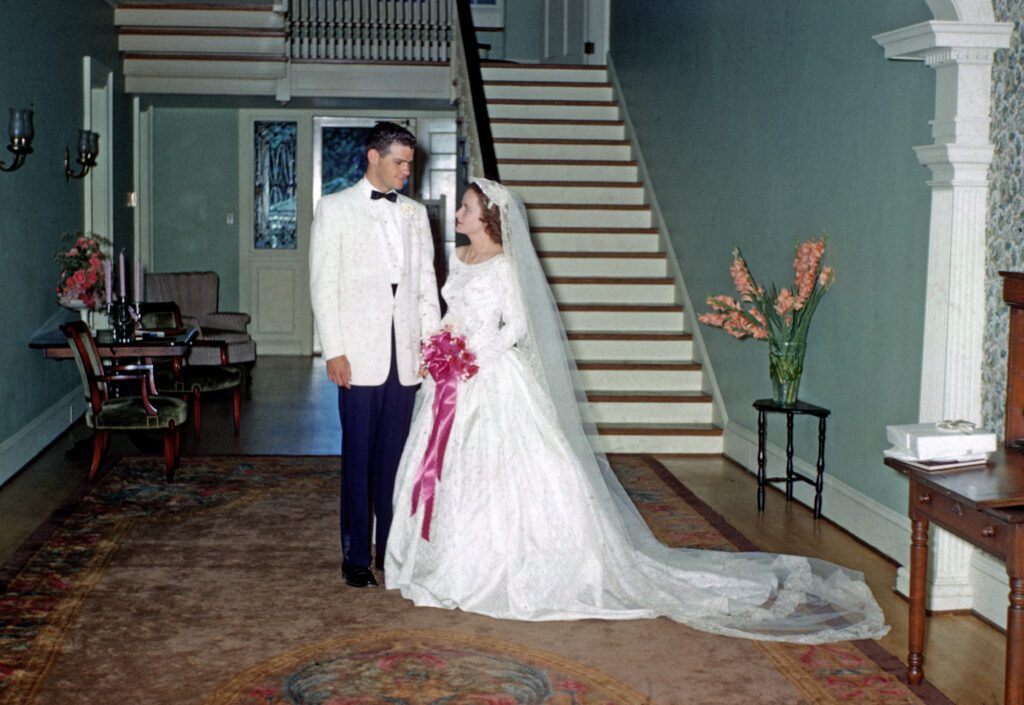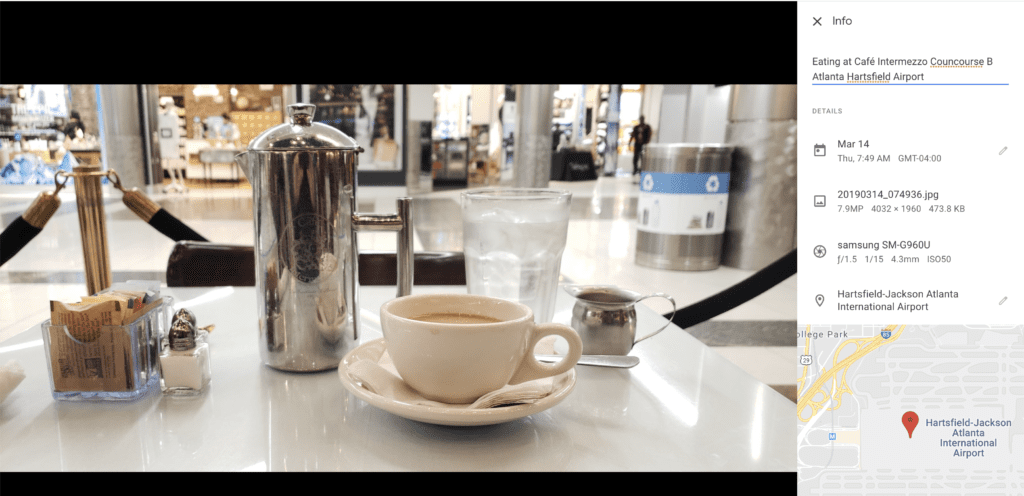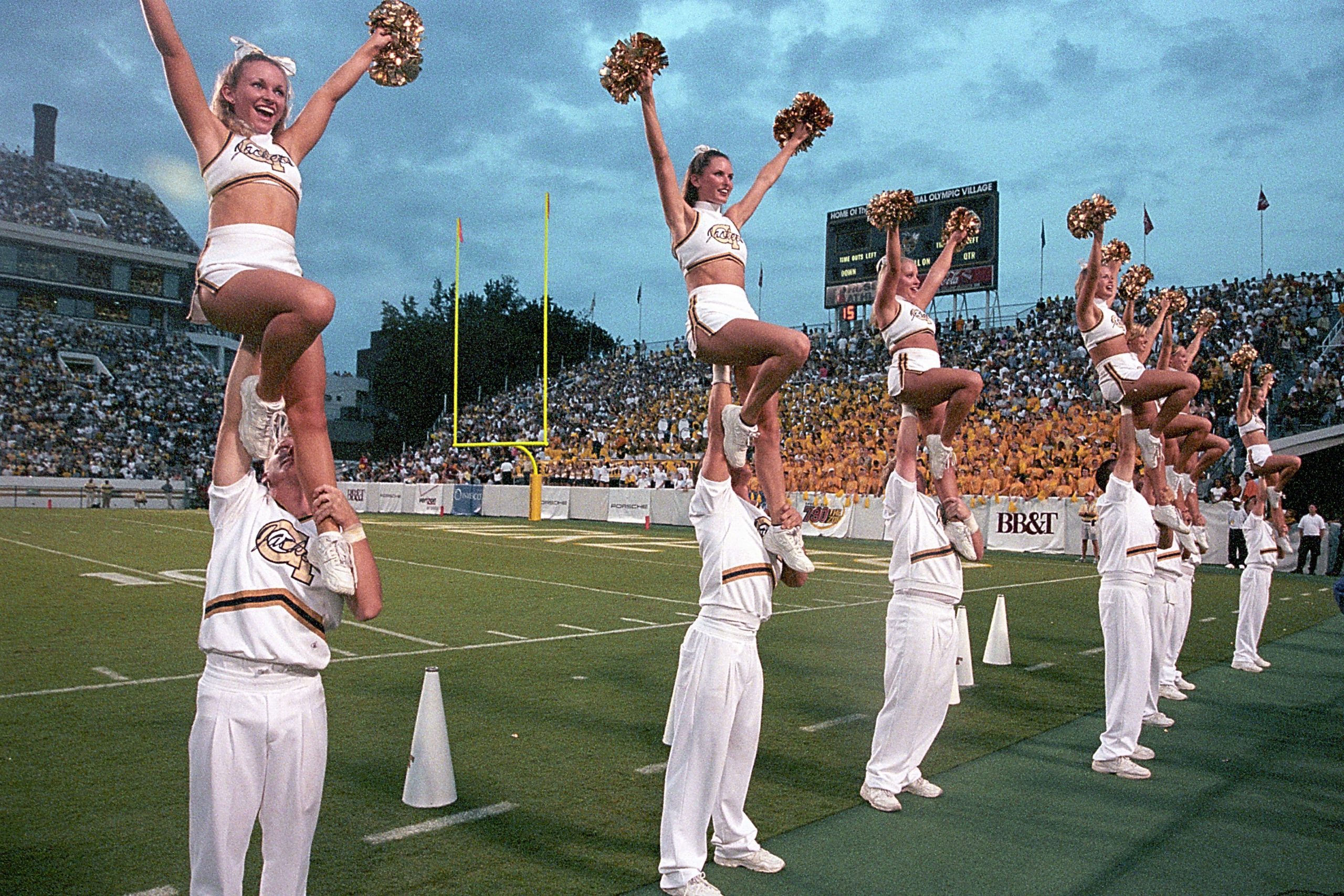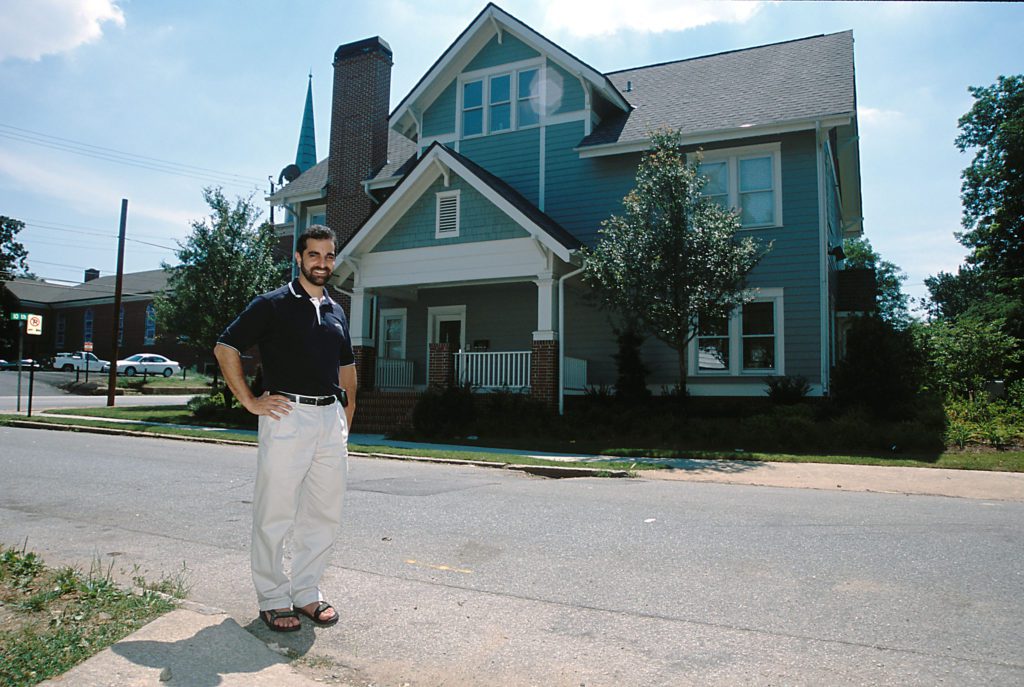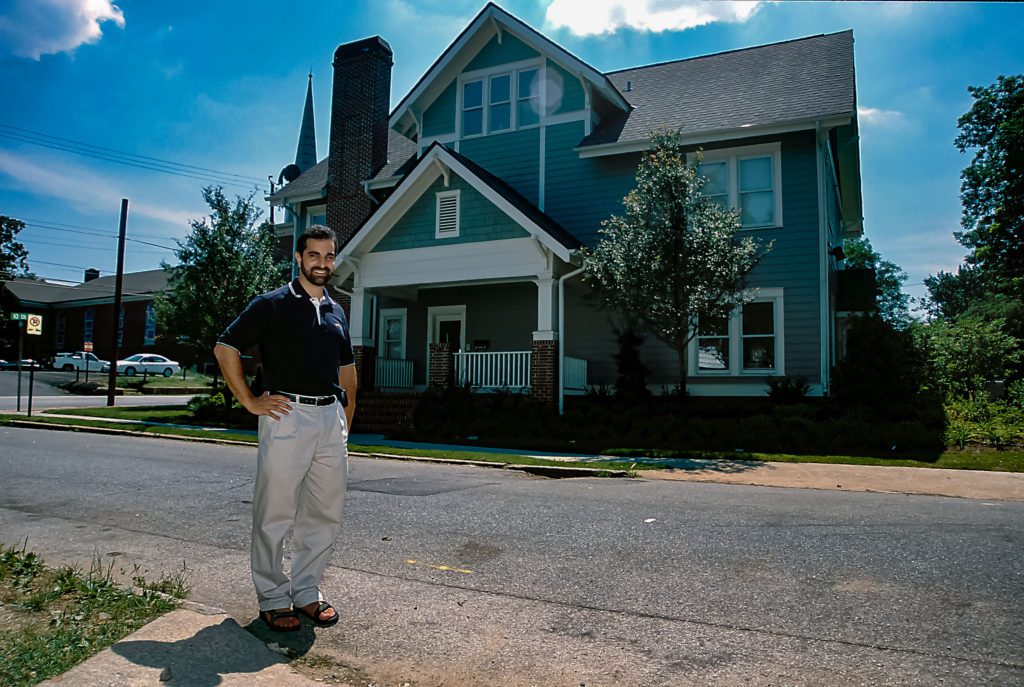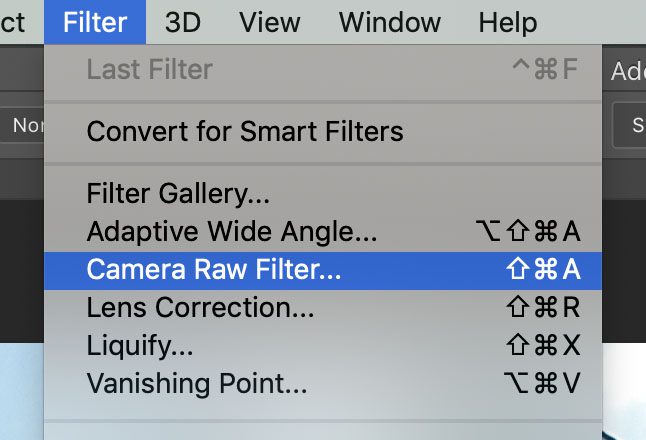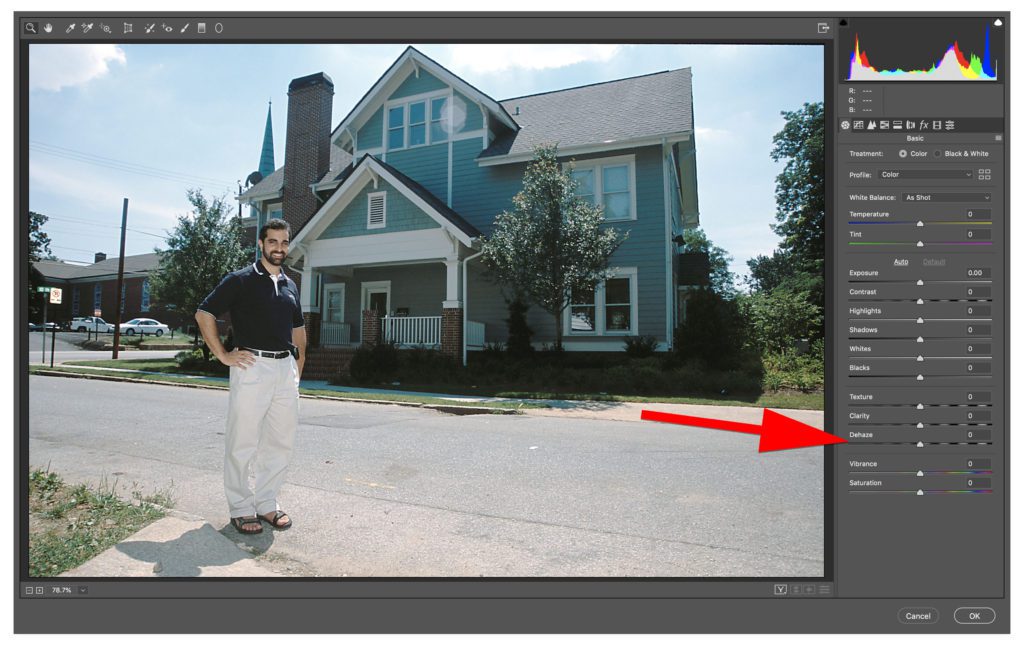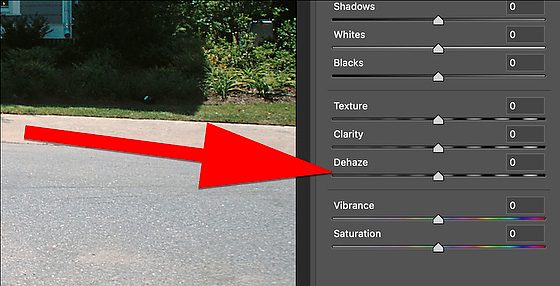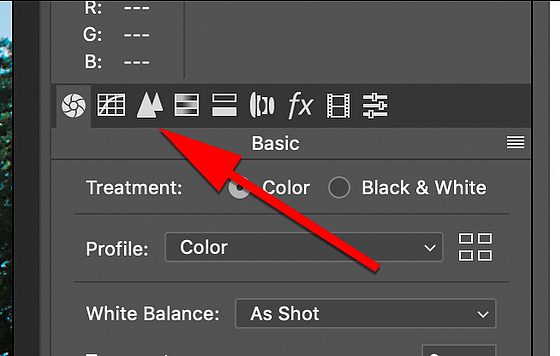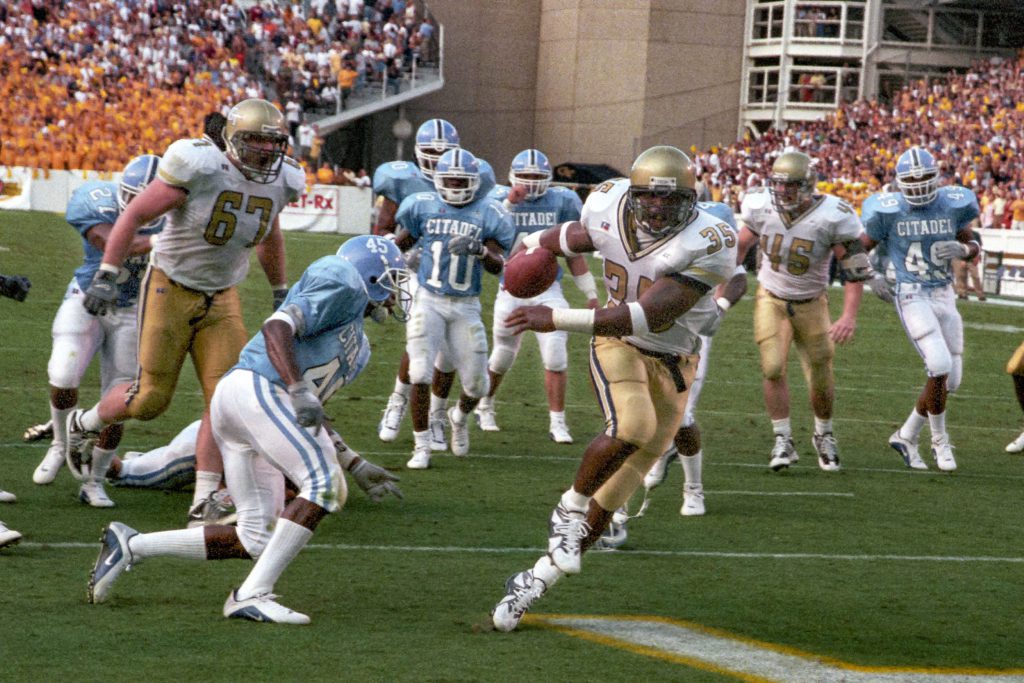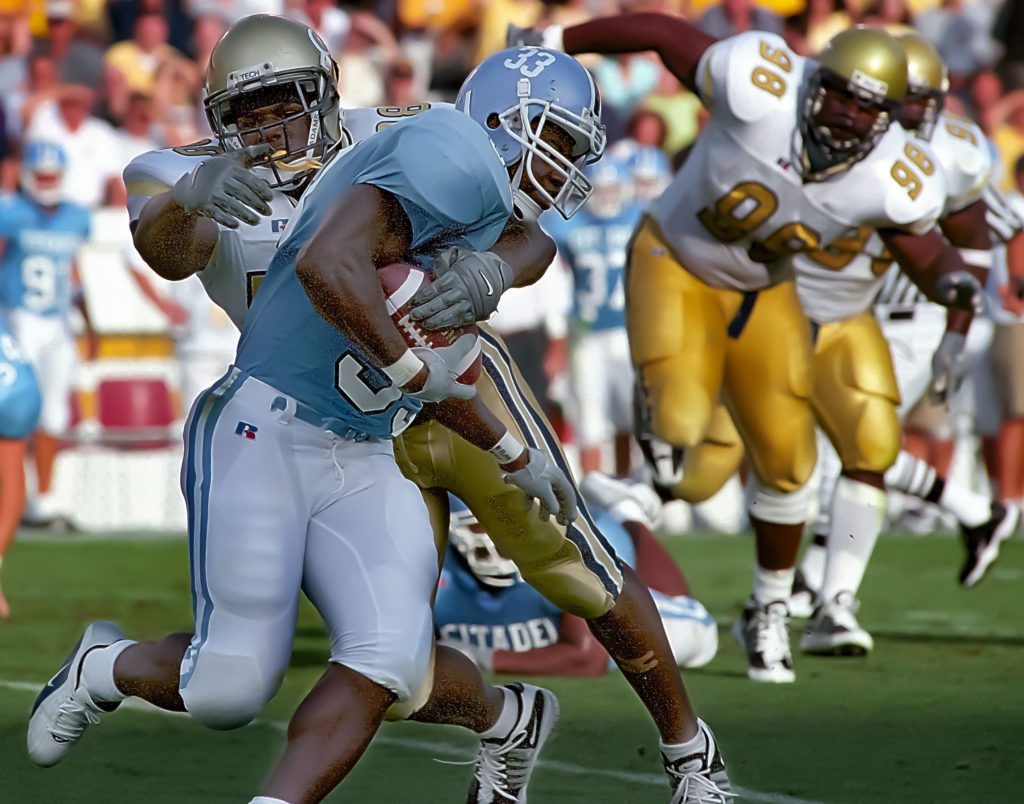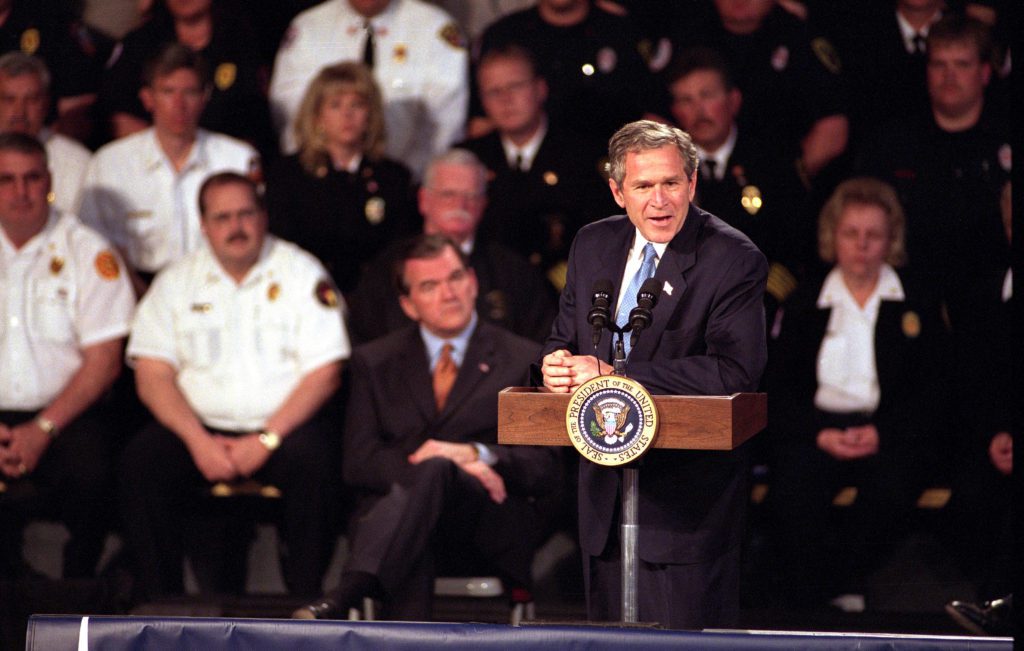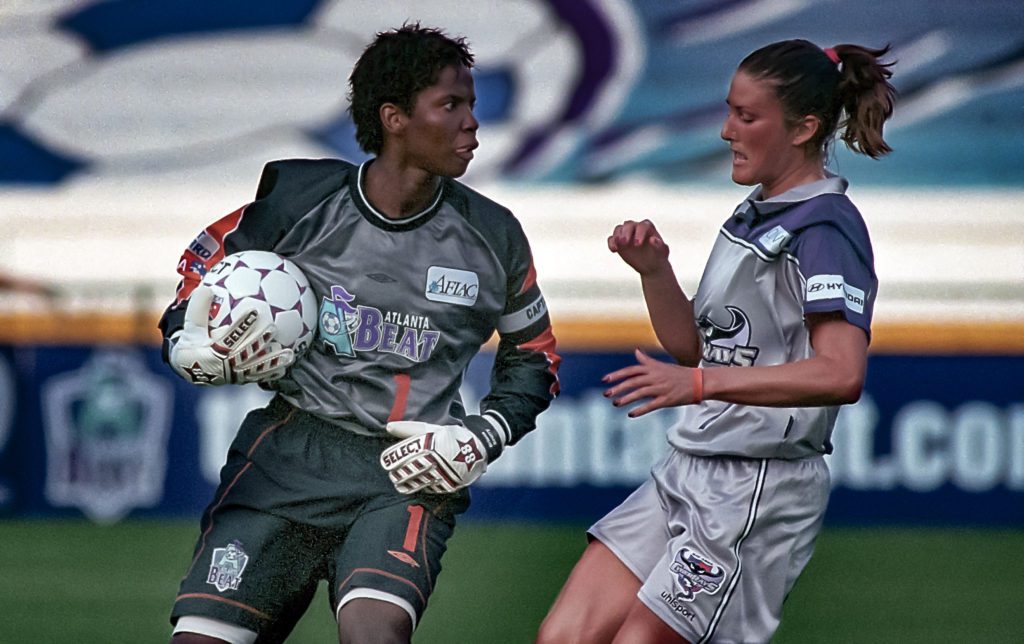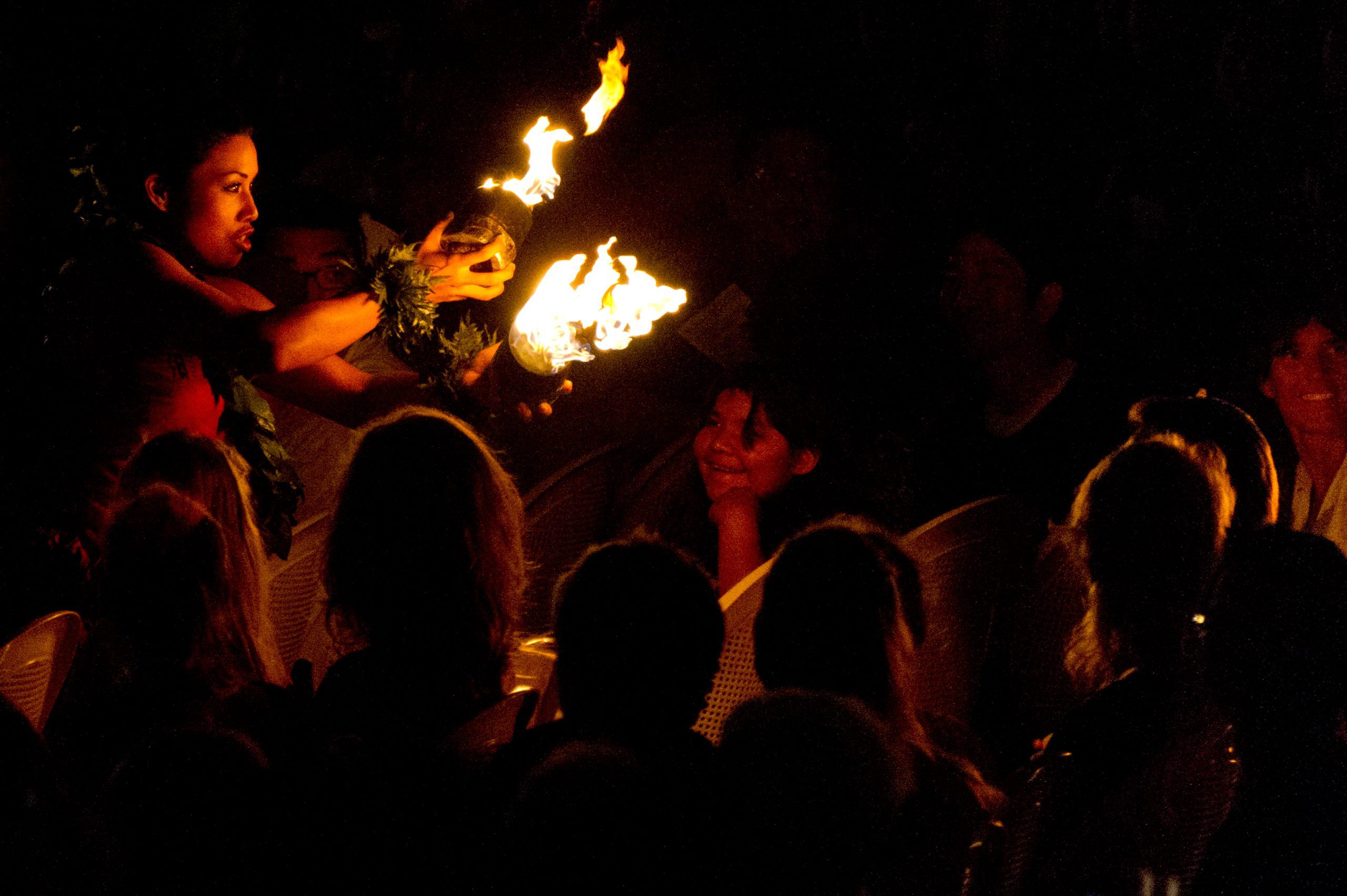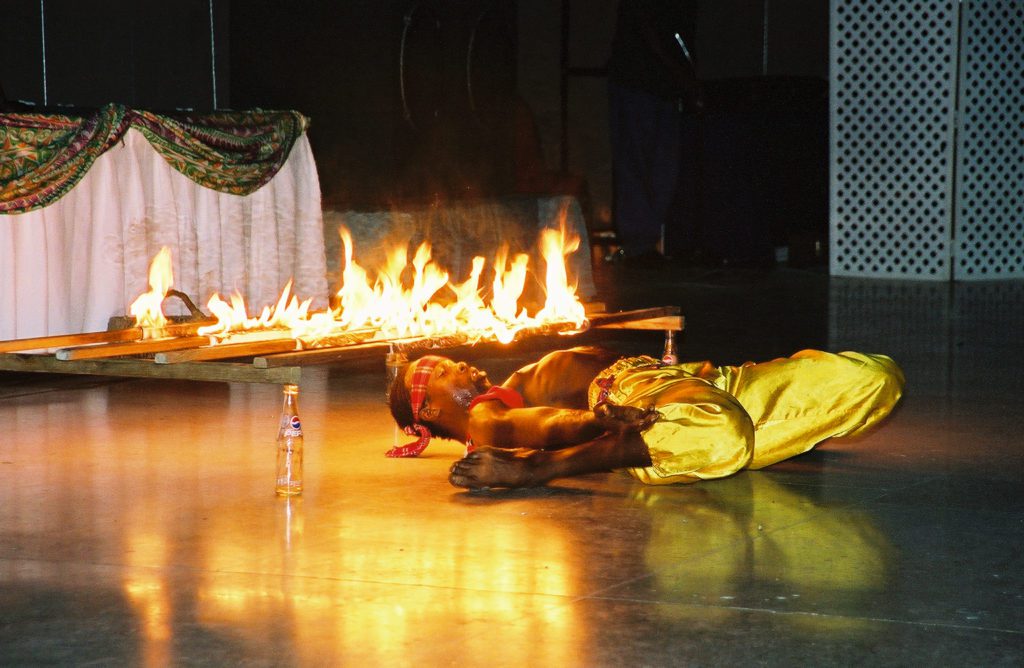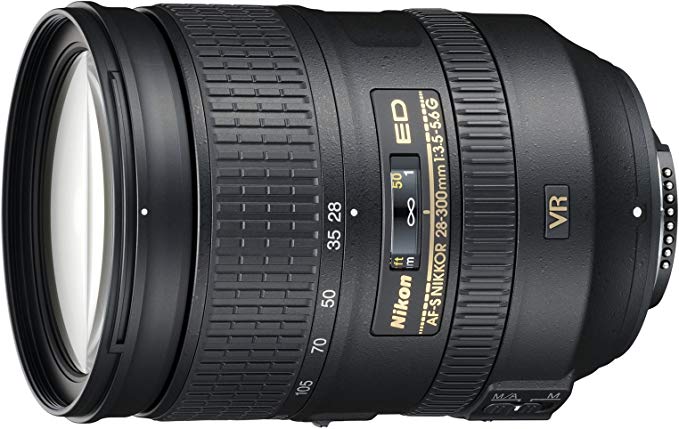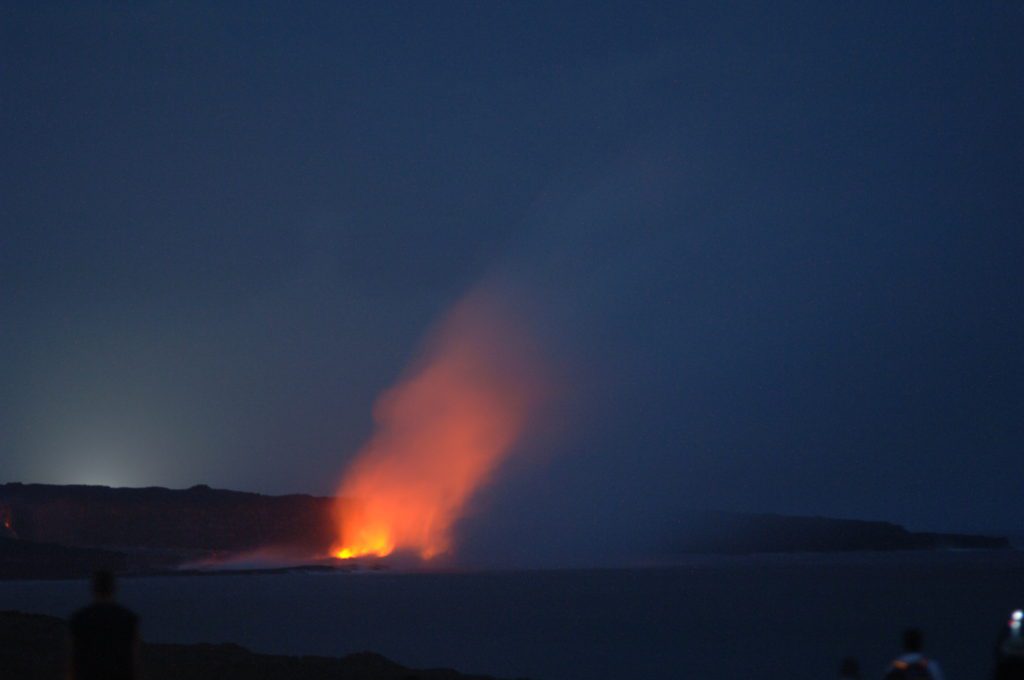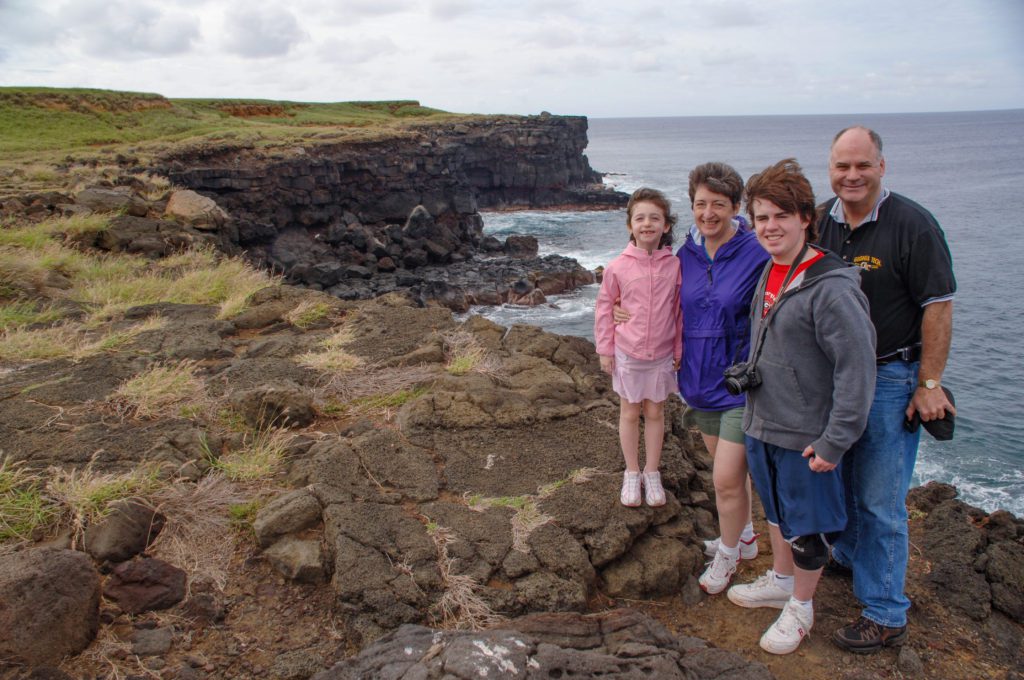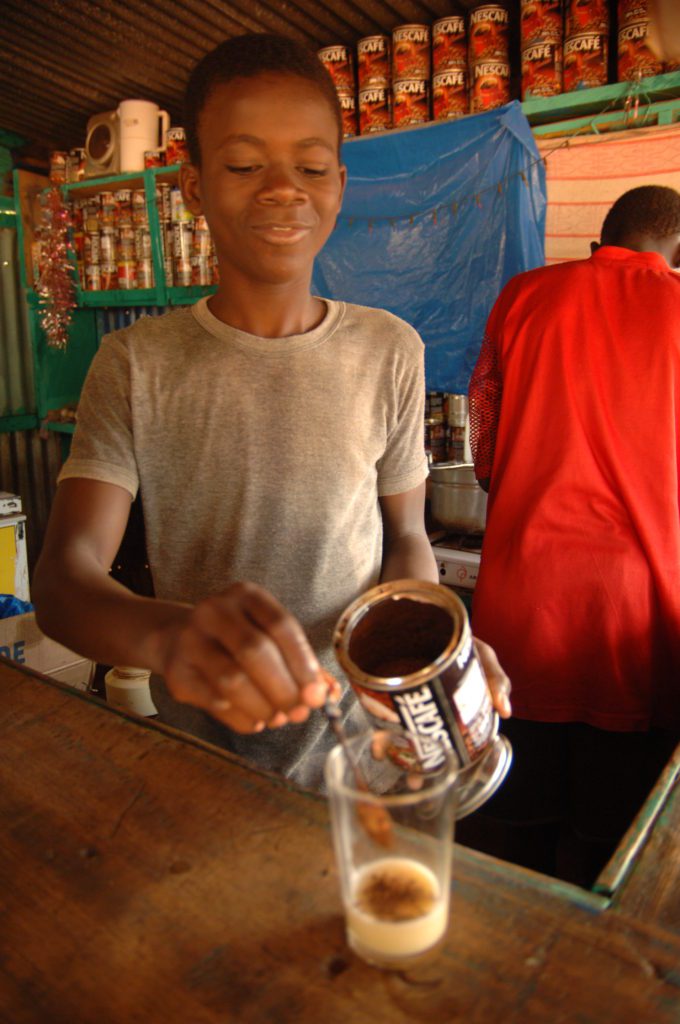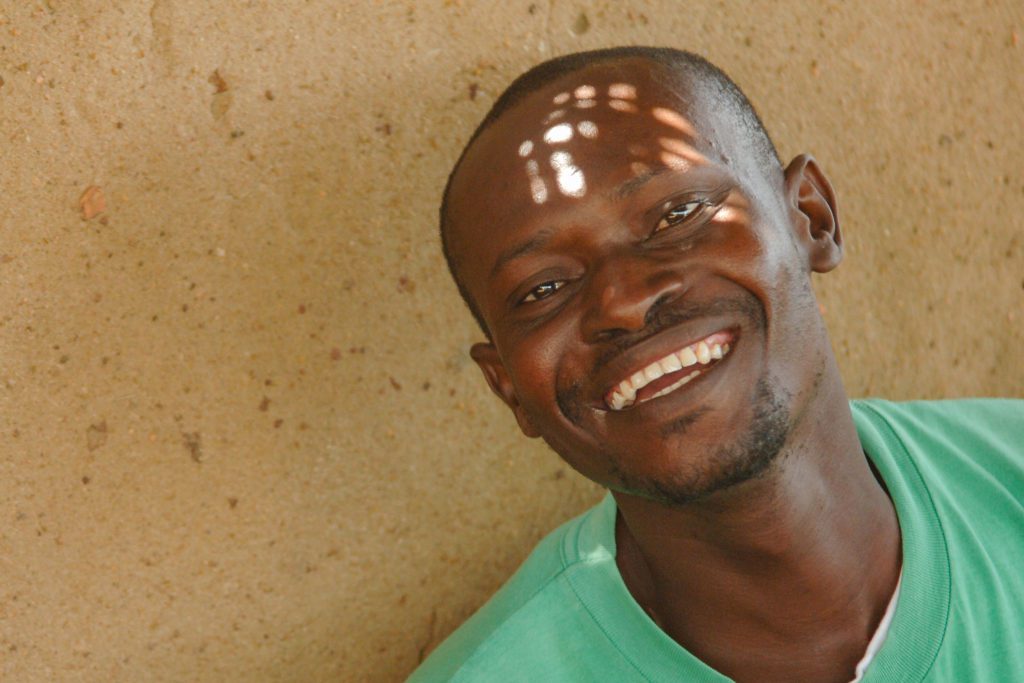A photographer wrote me and asked for advice on quoting a nonprofit. Here is my advice for them. Now there was a list of specifics, but I wanted to get to the pricing strategy rather than giving them a quote I would do. You see, each person has different costs. This is due to where they live, what lifestyle they want to maintain, and the cost of their gear are just a few things that influence one’s price.
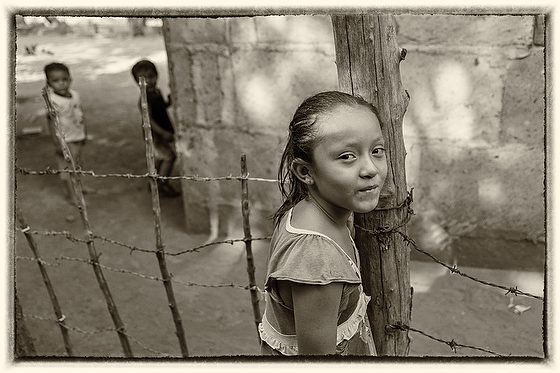
BACKGROUND
I believe first you need to have your pricing for “Normal Jobs” and then for those you consider a “Charity Job.” Charity is something that you deem that you want to donate your time to. You may want to give everything for free to an organization. That is up to you. Once you embrace discounting your price for an organization, you will also have to be sure you have enough “Normal Jobs,” or this will not be sustainable.
What I am communicating here is not what you speak to the client. This is for you to understand while you price something for them.
Once you have figured out your pricing thought process, you then create packages—the price and what they are getting and not how you arrived at that price.
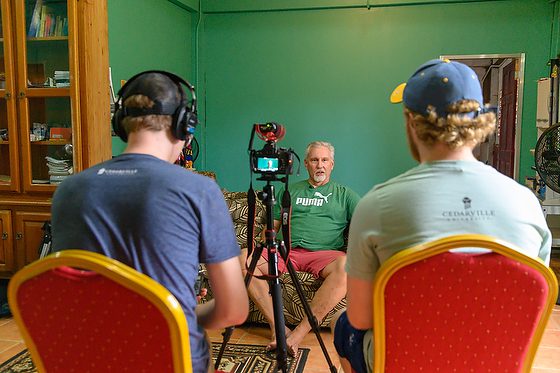
PRODUCTION FEES
Normal Job Price = 100% for time
Charity Job Price = 60 – 70% for time
Hard costs to you I would pass along at 100% to a “Charity Job.” Charity means the organization you consider a charity to which you want to give your time. Regarding IRS, you cannot write off your time to a charity.
I suggest creating your “Normal Estimate” and then giving a discount. This way, you are communicating your standard rates and letting this organization know you are giving them a HUGE DISCOUNT.
I think a rate of about $600 to $800 a day for your time for a nonprofit is where many I know are charging these days [This is what many of my circle of friends have told me and my personal experience]. Most photographers capture $1600 to $4000 daily for their time for regular jobs.
Most in the industry will charge 50% of their rate for a travel day. That is a day that you do no work at all. If you show up and shoot for an hour after traveling most of the day, that is a shooting day, not a travel day.

POST PRODUCTION
Don’t forget to charge for the post-production. Many organizations will abuse you with having multiple revisions. Making them pay for this will make them responsible.
By the way, be sure in all your correspondence that you communicate you are charging for revisions. You can have priced 1 or 2 edits in the package, but let them know when the additional modifications are happening.
Quote your shooting fee, post-production fee, and expenses in your estimate. Be sure you spell out what it includes. Just like McDonald’s does for what is included in a sandwich. If a video is expected, describe how long it is and how many revisions it includes.
I would give a range of finished and edited photos for your photography.

START WITH PHONE CALL
Always start with a conversation. In-person or by phone is the best way to start. Ask them what their expectations are for the project and if they have a budget figure for the project. Sometimes they not only tell you their expectations clearly but also give you a price you are thrilled to work with. This rarely happens, but ALWAYS start with the idea they may know what they want and have a realistic budget for the project.
Your goal is to manage expectations. First, by being sure, they articulate what they want, and then you, in the end, tell them what you can provide to them. Do your best to underpromise and then over-deliver.
When you finish this conversation where you agree on what you can do for them, you will put it in writing to them. However, get some ballpark figures during that conversation to see if it is worth your time to go further. No need to spend all this time to put together a formal agreement in writing if they have no way of paying what you need to agree to go forward.
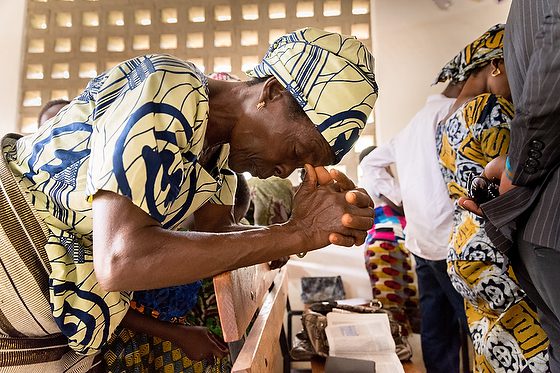
ESTIMATE
Give them three versions of an estimate. This is how you show them you are flexible and also help talk them into spending more on something they will genuinely enjoy and use.
Don’t line item things you used to come to your price. You don’t see McDonald’s selling their Big Mac with the time it took to make it and each piece listed. Imagine 2 – Beef patties, 10 minutes cooking, shipping costs to get the products, and so on. No, you don’t see that. They give information the public wants and a price. Price changes on where in the world you are buying it.
Bottom Price:
This will just give them what they barely need

Middle Price:
Add more deliverables to the package. More Photos, other videos, Blog posts, etc
Luxury Price:
Coffee table book of photos, Videos, More Photos Etc

The Sky Is the Limit:
Sometimes you can add a 4th price for the client who could spend a lot if they wanted.
They most likely will go with the median price every time.

